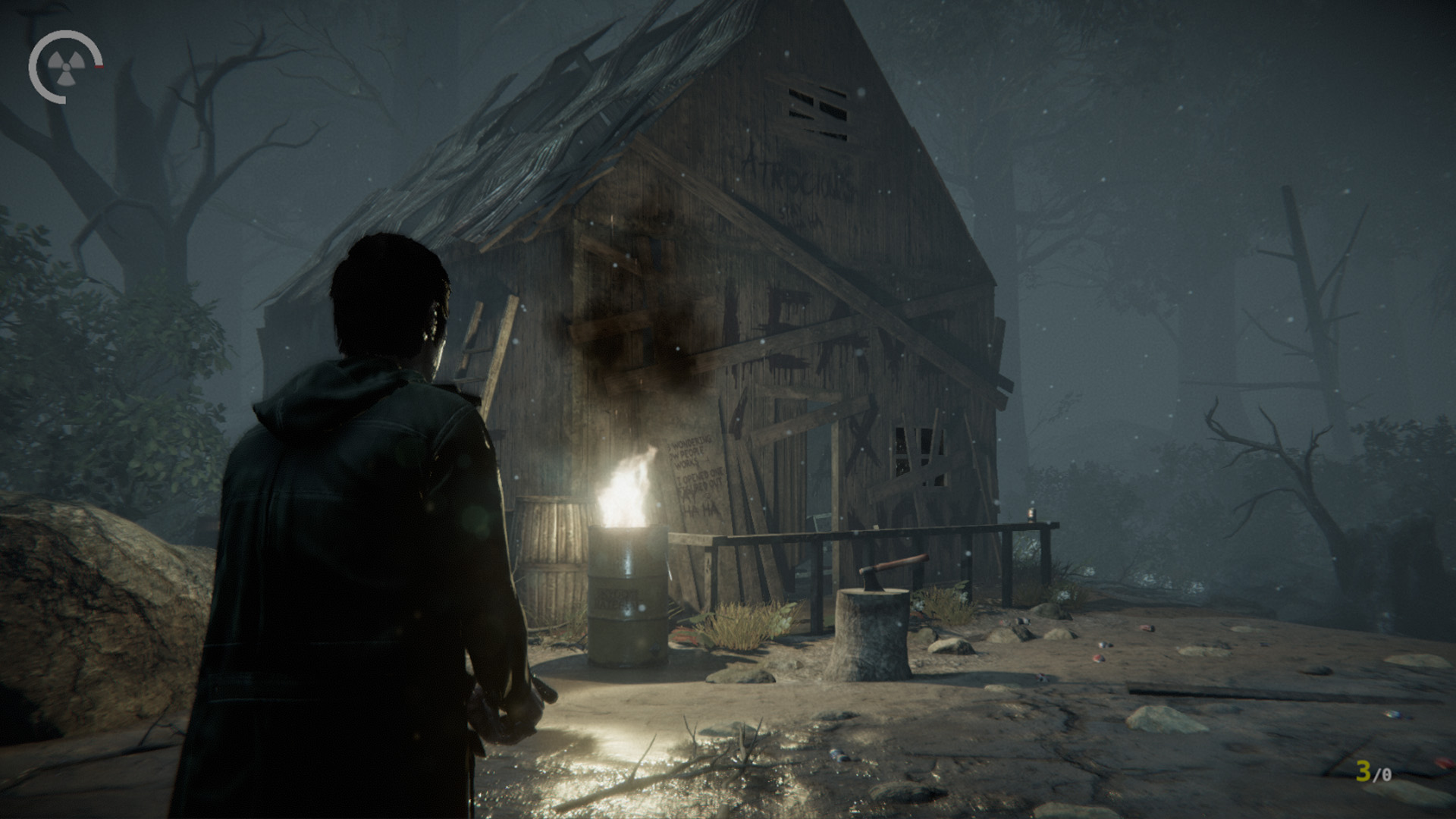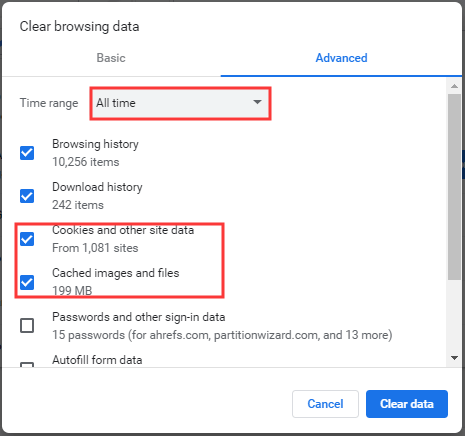

- #Not enough memory to open this illustration drivers
- #Not enough memory to open this illustration driver
- #Not enough memory to open this illustration full
- #Not enough memory to open this illustration windows 8.1
- #Not enough memory to open this illustration plus
This app is enough to fix all the tabs in one click, no matter how many tabs you have open in Google Chrome. Sometimes in case, a page doesn’t load in normal mode, trying to open it in an incognito window may help. on some Linux systems, sometimes see Chrome browser may crash one page or two, seems happening randomly, not exactly sure why some page works some not, but since I know Chrome on Linux using a lot of large page memory mapping, which is a tmpfs mounting on /dev/shm on some Linux variants, and it depends on which Linux, the docker run instance may use the default 64MB, that may not be enough … Open Cortana by pressing the Type here to search button on the taskbar.
#Not enough memory to open this illustration plus
OK, so let's get AdBlock Plus installed to check out these claims. From the outside it appears quite non-deterministic when stuff is just swapped and when the system is out of memory.Close Chrome Tabs. Except sometimes it does not, although there might be 1 GB of OpenGL textures marked as non-resident at the moment and you only want to resize a buffer object to 20 MB. This decreases performance, of course, but it works very conveniently.
#Not enough memory to open this illustration driver
Could you maybe shed a bit light on why the out-of-memory error happens in the first place in an OpenGL application, given that not everything is needed at once? The driver is obviously able to swap data in the background, since we are constantly using more memory than the physical memory limit of the GPU, but never at the same time. It does not make life easier for a developer, though.
#Not enough memory to open this illustration full
Thank you for your response! It makes sense that the driver or even OpenGL is not in full control of the OS and how it will handle failure cases. There’s little to do about the fact that your applied workload exceeds the capabilities of your chosen hardware, other than trying to put less burden on the graphics board memory by doing smaller things more often or use one or more workstation class boards with more VRAM which can handle the CUDA simulation and geospatial rendering you require. The OpenGL driver is able to catch out of memory cases in the user mode part, though on the kernel mode side if there is an out of memory condition the OS detects, OS counter measures against system failures get more drastic. That’s why you get different kinds of error messages. That can be failing silently, returning a fatal error which forces the OpenGL driver to abort (your case 2), or maybe just shut down the driver. For example if a single rendering command sent to the OS uses more resources than the OS can allocate for it inside the kernel(!) mode driver at this time, there is nothing to do about some of the consequences the OS takes.

#Not enough memory to open this illustration drivers
Some of these errors are not under the display drivers control but are coming from inside the operating system itself. The OpenGL context we request is 4.4 Core Profile, if that makes any difference.
#Not enough memory to open this illustration windows 8.1
We use recent drivers (361.75) on Windows 8.1 Professional. What good is the error reporting callback if it dies with/before the context? And, well, considering events 3 and 4, the GL_OUT_OF_MEMORY error should be thrown at some point. Why is the handling of out of memory errors so inconsistent with the Nvidia driver? The driver must not overrule the OpenGL error reporting to instantly kill the entire application. Unfortunately, the events here are sorted by increasing probability, with options 2 and 4 being a hard crash and an absolute no-go for an application. The very, very bad thing is that option 1 will almost never occur.


 0 kommentar(er)
0 kommentar(er)
